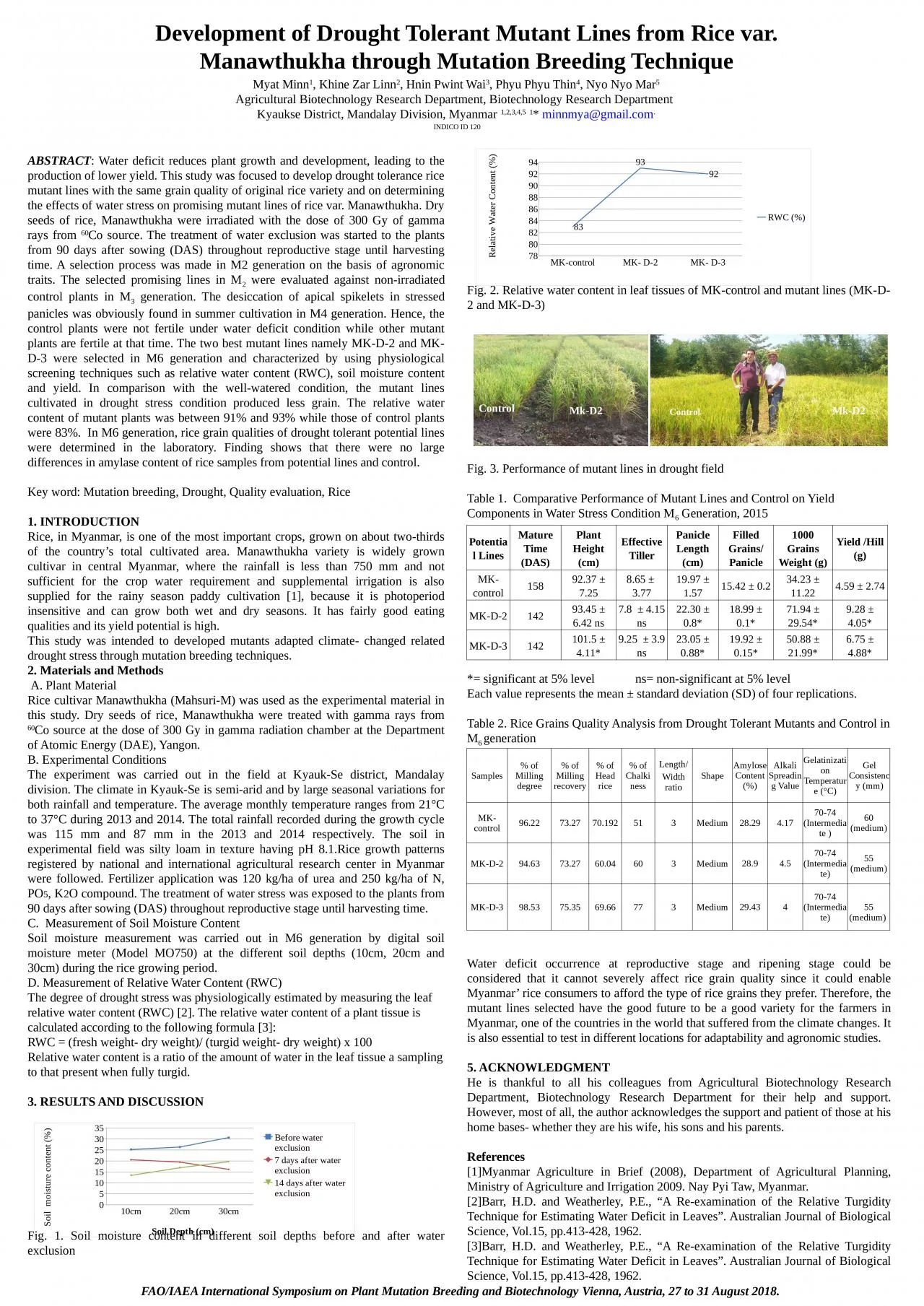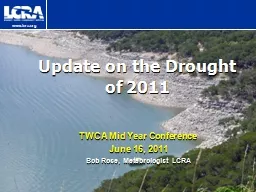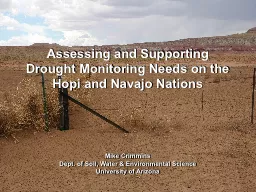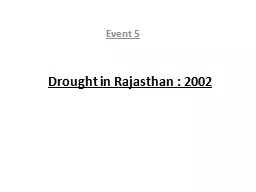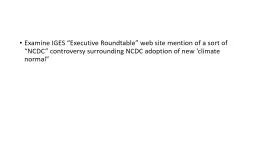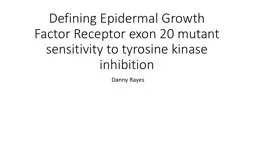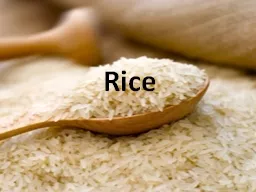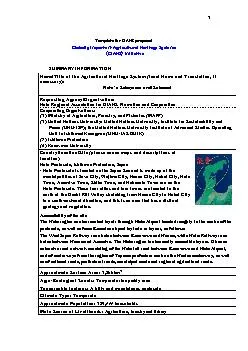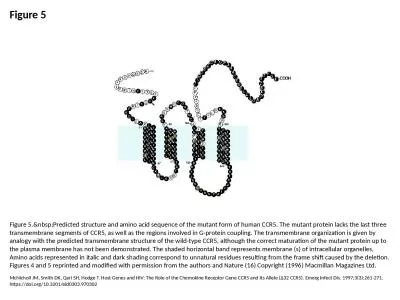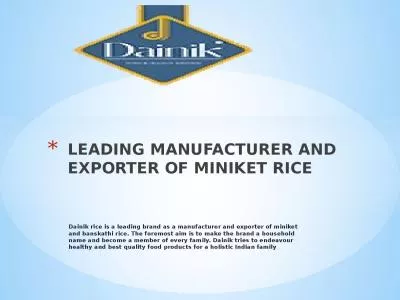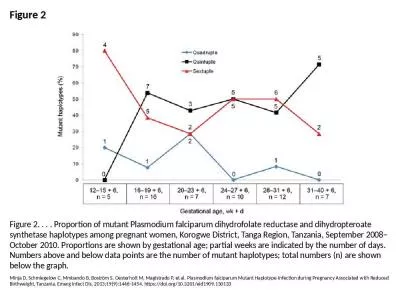PPT-Development of Drought Tolerant Mutant Lines from Rice var.
Author : TheOneWithNoFilter | Published Date : 2022-08-01
Manawthukha through Mutation Breeding Technique Myat Minn 1 Khine Zar Linn 2 Hnin Pwint Wai 3 Phyu Phyu Thin 4 Nyo Nyo Mar 5 Agricultural Biotechnology
Presentation Embed Code
Download Presentation
Download Presentation The PPT/PDF document "Development of Drought Tolerant Mutant L..." is the property of its rightful owner. Permission is granted to download and print the materials on this website for personal, non-commercial use only, and to display it on your personal computer provided you do not modify the materials and that you retain all copyright notices contained in the materials. By downloading content from our website, you accept the terms of this agreement.
Development of Drought Tolerant Mutant Lines from Rice var.: Transcript
Download Rules Of Document
"Development of Drought Tolerant Mutant Lines from Rice var."The content belongs to its owner. You may download and print it for personal use, without modification, and keep all copyright notices. By downloading, you agree to these terms.
Related Documents

